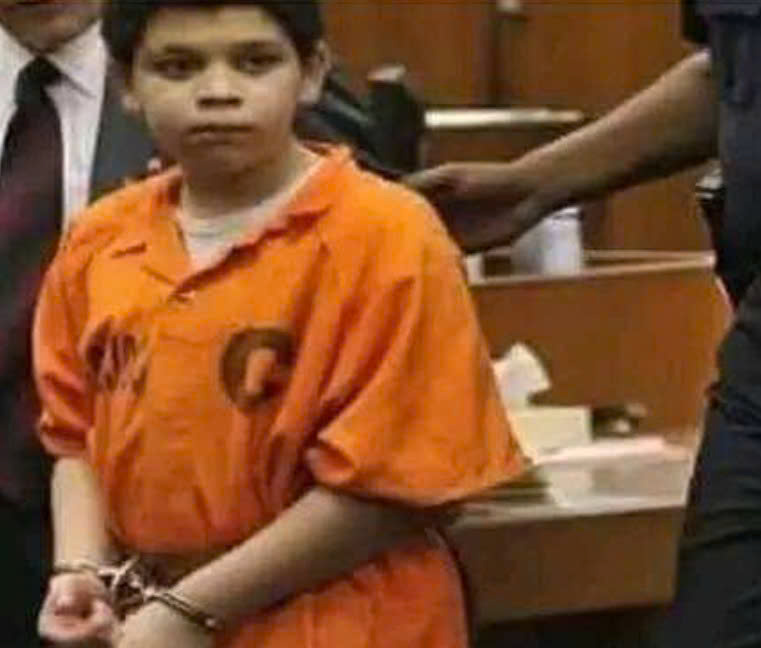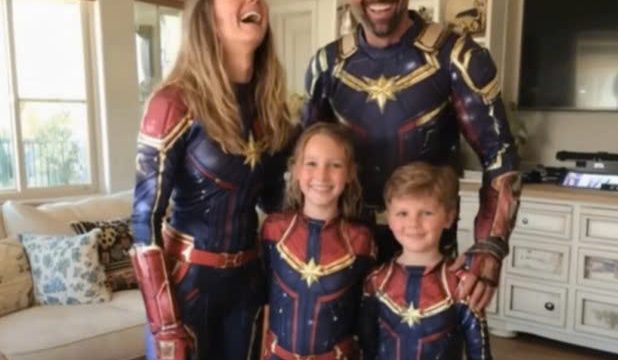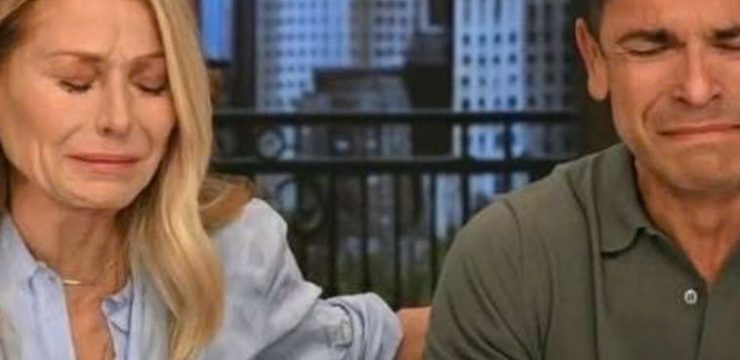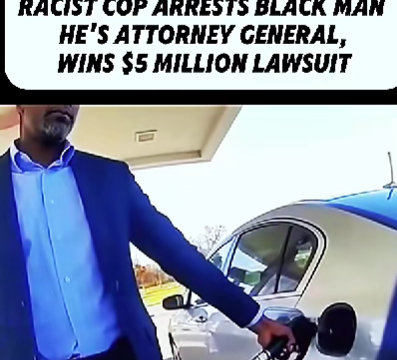She sits behind the cold, unyielding bars of a prison cell—barely a teenager, her life paused before it ever had the chance to begin. Her only mistake was being in the wrong place at the wrong time, trapped in a system that treats children not as those in need of guidance, but as adults deserving of the harshest punishment. In a country that prides itself on freedom and second chances, this harsh reality tells a different story. The United States, often seen as a symbol of liberty, is one of the few nations in the world where minors—some as young as twelve—can be sentenced to life in prison without the possibility of parole.

Across the nation, these young inmates live out their days in the shadows of concrete walls and razor wire, forgotten by a justice system that was never designed to understand them. Their stories—of broken homes, neglected childhoods, and tragic mistakes—reveal a disturbing truth: America’s approach to juvenile justice often prioritizes punishment over rehabilitation, condemnation over compassion.
According to research by Human Rights Watch and the Equal Justice Initiative, at least seventy-nine children under the age of fourteen are currently serving life sentences in the United States. Behind this statistic are real faces and real heartbreak. Many of these children came from environments steeped in poverty, violence, and neglect. Some were victims of abuse long before they ever committed a crime. Others were caught up in circumstances they couldn’t fully comprehend—bystanders to violence, accomplices by association, or children pushed into desperation by fear and survival.
The debate over juvenile sentencing has raged for decades, dividing lawmakers, judges, and communities. At its heart lies a moral question: Can a child truly understand the weight of their actions enough to deserve a punishment that erases the rest of their life? Science has long told us that the adolescent brain is still developing—especially in areas related to impulse control, judgment, and foresight. Yet, in dozens of courtrooms across the country, children are being held to the same standards as adults who have lived twice their years.
One of the most striking cases to bring national attention to this issue was that of Lionel Tate, a twelve-year-old boy from Florida who was convicted of killing a six-year-old girl during what he claimed was a wrestling match gone wrong. He became the youngest person in U.S. history to be sentenced to life without parole. The decision sparked outrage from child advocates and international organizations alike. Years later, his sentence was overturned on appeal, but the damage was already done. Tate’s case became a turning point—a tragic symbol of how far the system could go in treating children as adults.
Advocates for reform argue that sentencing children to die in prison violates the most basic principles of justice and humanity. “Children are still developing emotionally, mentally, and morally,” said Juan Méndez, former United Nations Special Rapporteur on Torture. “To condemn them to a lifetime behind bars is to deny the very possibility of growth, change, and redemption.” His statement echoes what countless psychologists, educators, and human rights experts have said for years: children are capable of transformation if given the chance.
However, not everyone agrees. Some states maintain that certain crimes are so severe they warrant the harshest punishment, regardless of age. Florida, Michigan, and Pennsylvania remain among the states with the highest number of minors serving life sentences. Lawmakers in these regions argue that justice for victims and public safety must remain paramount. But critics counter that justice cannot truly be served when it abandons empathy and ignores the developmental differences between children and adults.
In recent years, the U.S. Supreme Court has taken steps toward reform. In 2012, it ruled that mandatory life sentences for juveniles are unconstitutional, recognizing that such punishment fails to consider a child’s capacity for change. Then, in 2016, the Court made this decision retroactive, allowing those already sentenced to seek new hearings. These rulings brought hope to many—but not enough. Hundreds of cases remain unreviewed, and numerous young people sentenced before these decisions are still waiting for justice that seems forever delayed.
Civil rights organizations, including the Equal Justice Initiative founded by Bryan Stevenson, continue to fight for legislative and social change. Stevenson, a leading voice for criminal justice reform, has long argued that “childhood should be a time for learning, healing, and redemption—not a lifelong punishment.” His work has inspired a nationwide movement calling for restorative justice approaches that focus on rehabilitation, mentorship, and reintegration rather than permanent incarceration. Programs built on these principles have already shown success in reducing recidivism and helping young offenders rebuild their lives.
Beyond the courtroom, the issue touches the soul of a nation. The plight of these seventy-nine children forces America to confront an uncomfortable truth about its moral identity. A society that claims to value freedom and opportunity must ask itself why it denies both to those who have barely begun to live. The question is not whether children should be held accountable for their actions, but whether justice should mean extinguishing their futures altogether.
Many advocates point out that other developed countries have long abandoned life-without-parole sentences for minors, viewing them as incompatible with human rights. The U.S. stands virtually alone in maintaining this practice, an outlier among nations that see rehabilitation as a fundamental part of justice. The rest of the world looks on with disbelief as America, a country that celebrates liberty, continues to condemn children to spend their lives behind bars.
Public opinion is slowly shifting. Awareness campaigns, documentaries, and social media movements have begun to humanize these young inmates—showing them not as hardened criminals but as children who made mistakes in impossible circumstances. Their stories challenge deeply held assumptions about punishment and forgiveness. Each case asks the same haunting question: when we give up on our youth, what kind of society are we choosing to be?
In the end, these incarcerated children are not statistics—they are living testaments to the failures and contradictions of a justice system that often values retribution over compassion. Their existence behind bars stands as a mirror reflecting back the moral contradictions of a nation still struggling to balance punishment with mercy.
As reforms slowly progress, one truth remains clear: a society’s greatness is measured not by how it treats its most powerful, but by how it treats its most vulnerable. To deny children a chance at redemption is to deny the very essence of justice itself.
If America wishes to remain a land of freedom and opportunity, it must find the courage to forgive its children, to believe in their capacity to change, and to replace the cold permanence of a life sentence with the warmth of possibility. For if a nation cannot offer its children hope, it cannot truly call itself free.





